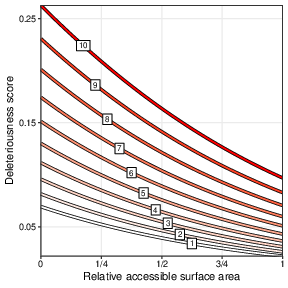I studied computer science and math at UConn and did my PhD in systems biology at Harvard. My research has been in statistically modeling a variety of biological data, especially mutational effects. I'm now a postdoc in Walter Fontana's lab at Harvard Medical School where I'm building tools (including our software package PyKappa) to formally express, simulate, and iteratively improve our models of complex biomolecular systems.









